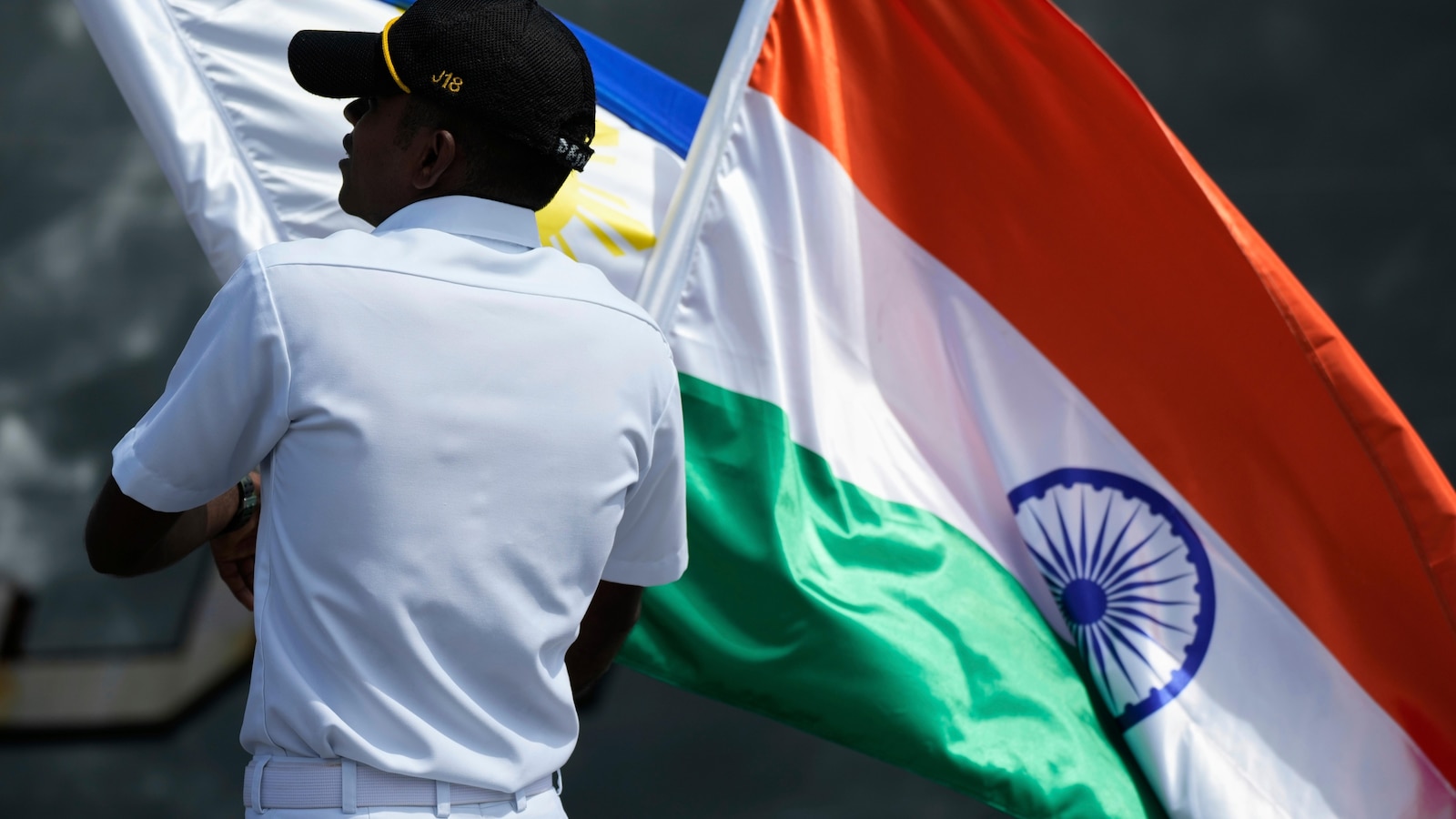India and Philippines Conduct First Joint Naval Exercises Amid South China Sea Tensions
India and the Philippines have initiated their first joint naval exercises in the contested South China Sea, raising tensions with China.
Subscribe to unlock this story
We really don't like cutting you off, but you've reached your monthly limit. At just $5/month, subscriptions are how we keep this project going. Start your free 7-day trial today!
Get StartedHave an account? Sign in
Overview
- India and the Philippines conducted their inaugural joint naval exercises in the South China Sea, a region marked by territorial disputes.
- The naval drill is seen as a strategic move that may provoke China, which has ongoing territorial claims in the area.
- The Philippines has been conducting naval patrols in disputed waters, collaborating with the United States and allies, including India.
- China's Ministry of National Defense criticized the Philippines, labeling it a 'troublemaker' for aligning with foreign military forces during the exercises.
- Philippine President Ferdinand Marcos is on a five-day visit to India, coinciding with the naval drill, emphasizing the need for enhanced military cooperation.
Report issue

Read both sides in 5 minutes each day
Analysis
Center-leaning sources frame this story by emphasizing the joint drills as a necessary measure to strengthen deterrence and promote regional stability against China's "increasingly aggressive actions" in the disputed South China Sea. They highlight the growing partnership between "like-minded nations" like India and the Philippines, while presenting China's perspective as a reactive and threatening stance.
Articles (3)
Center (2)
FAQ
The joint naval exercises represent a strategic collaboration to uphold international maritime law and increase military cooperation in a contested region, signaling a challenge to China's territorial claims in the South China Sea.
China's Ministry of National Defense criticized the Philippines for aligning with foreign military forces, calling it a 'troublemaker,' and Chinese forces were reported to have shadowed the exercises without direct confrontation.
The exercises include three Indian naval vessels, including the guided missile INS Delhi, and two Philippine frigates, conducting drills focused on replenishment at sea and joint maneuvers.
The Philippines, under President Ferdinand Marcos, sees the exercises as a means to strengthen military ties with India and uphold international maritime law, particularly the United Nations Convention on the Law of the Sea (UNCLOS).
India and China have a long-standing border dispute in the Himalayas, which led to a war in 1962 and subsequent clashes; this historical tension exacerbates regional rivalries including the maritime disputes involving the South China Sea.
History
- This story does not have any previous versions.


